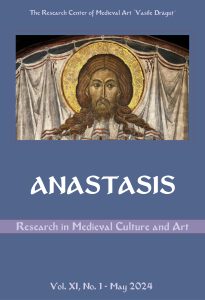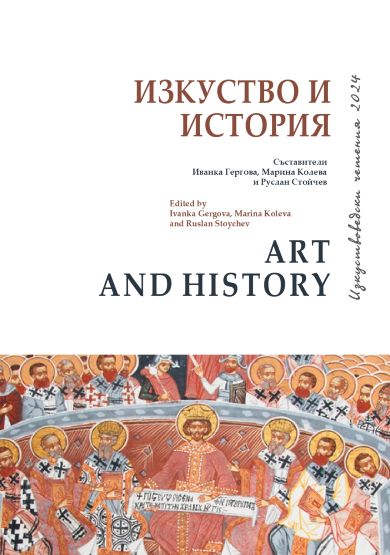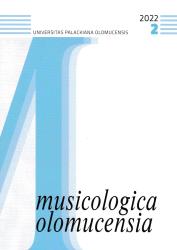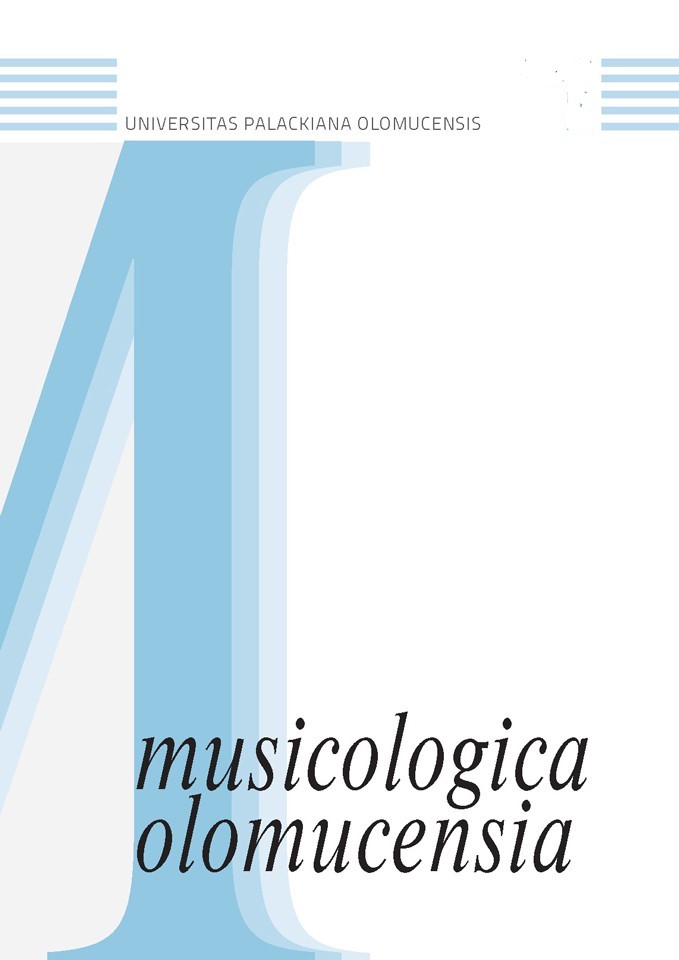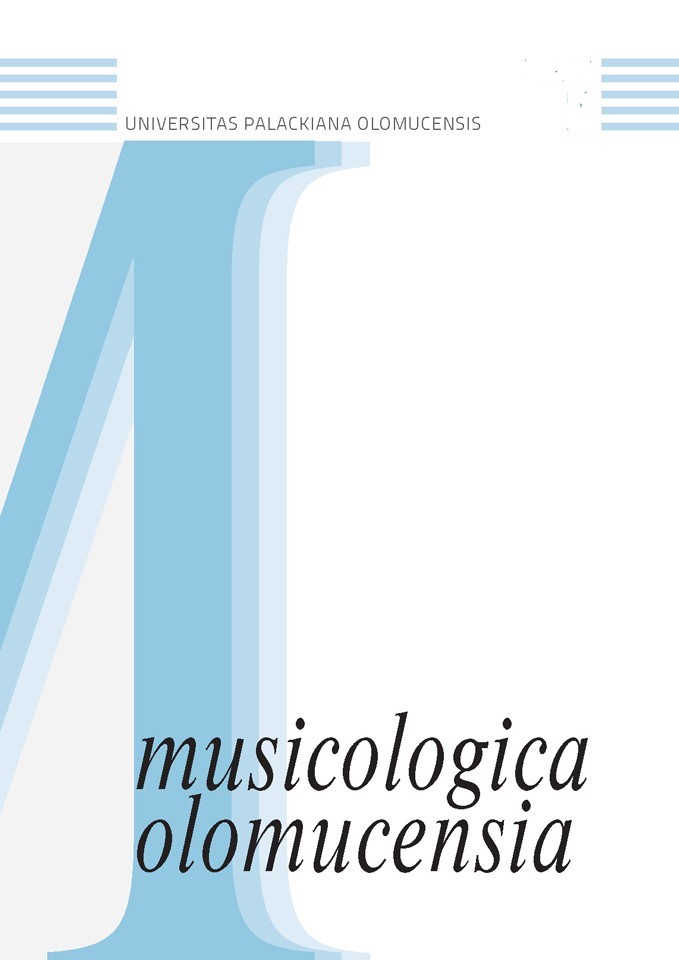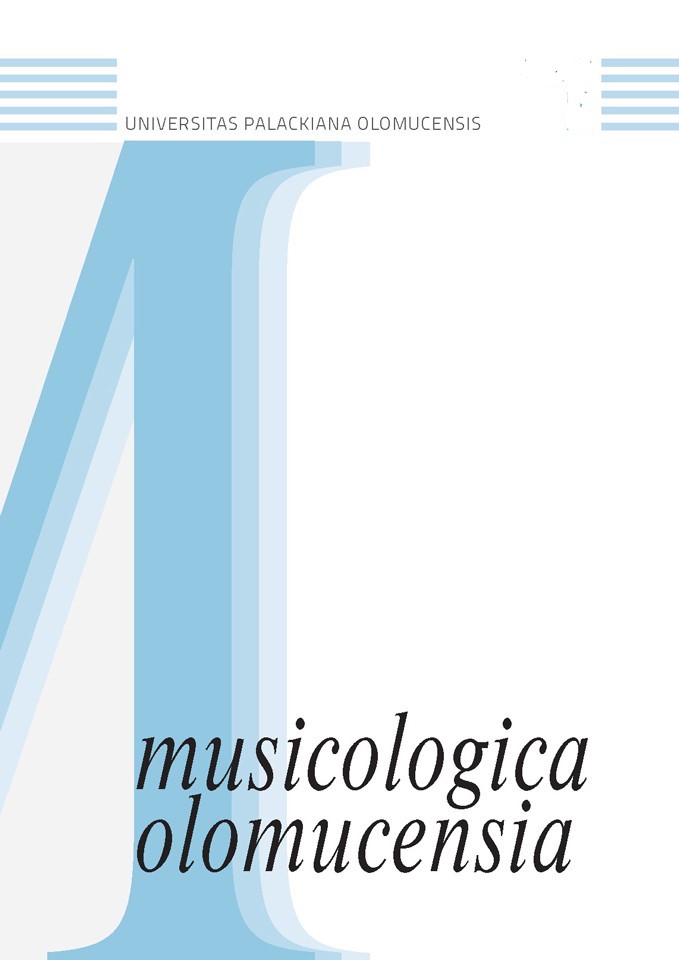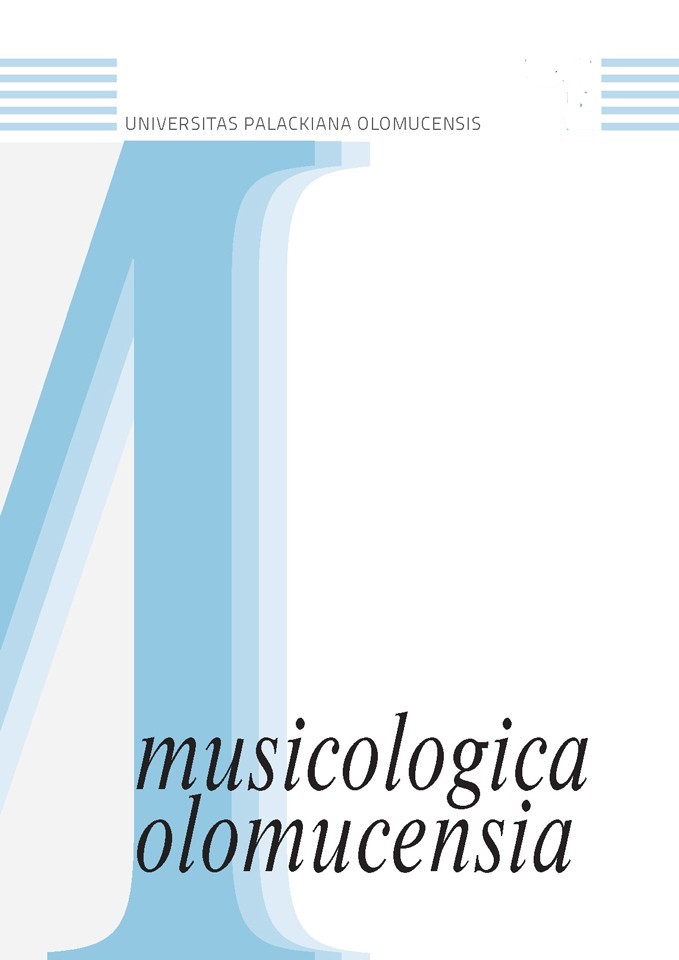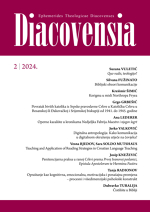
Operno kazalište u kronikama Nedjeljka Fabrija Maestro i njegov šegrt
The paper deals with theatrological aspects of Nedjeljko Fabrio’s texts on opera productions in his musical chronicles The Maestro and His Apprentice, in the magazine Republika from 1986 to 1994, which were afterwards published in the book titled The Children of Orpheus (2008) and subtitled »a contribution to the history of reception in Croatia.« Continuing the line of Croatian writers who considered and evaluated both the musical and theatrical-musical art and confirming the continuity of multiple and diverse interconnections between Croatian music and literature, in The Children of Orpheus, Fabrio critically considered both the literary and musical components of operas and their theatrical-musical realisation on the stage. In each chronicle about a particular opera performance, Fabrio analyses the libretto, investigates the genesis of the work, the reception of all its performances in the history of the Croatian opera theatre, but also the reception and production context in which the opera is performed and critically evaluates it. The Children of Orpheus became an indispensable source for future theatrological research of the Croatian opera theatre.
More...
